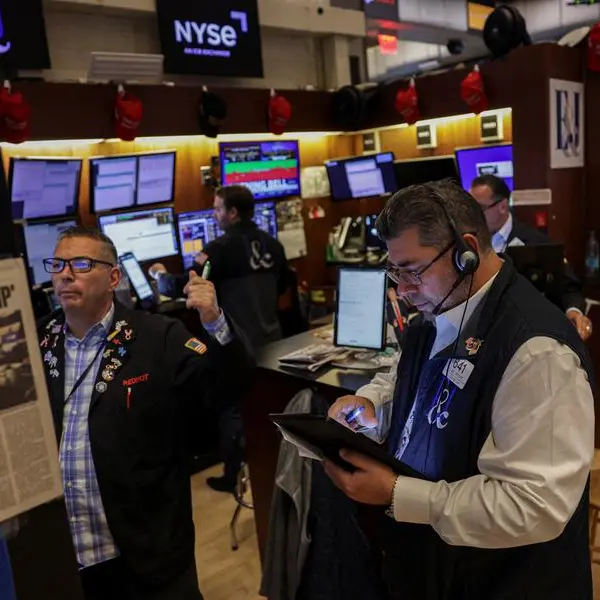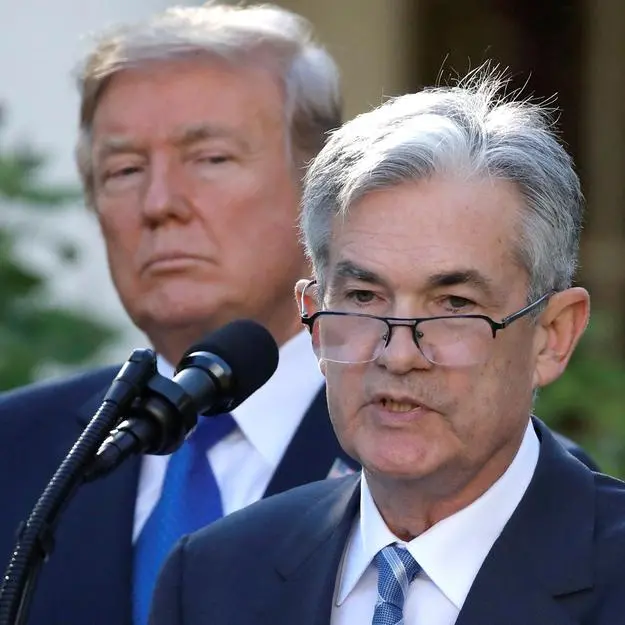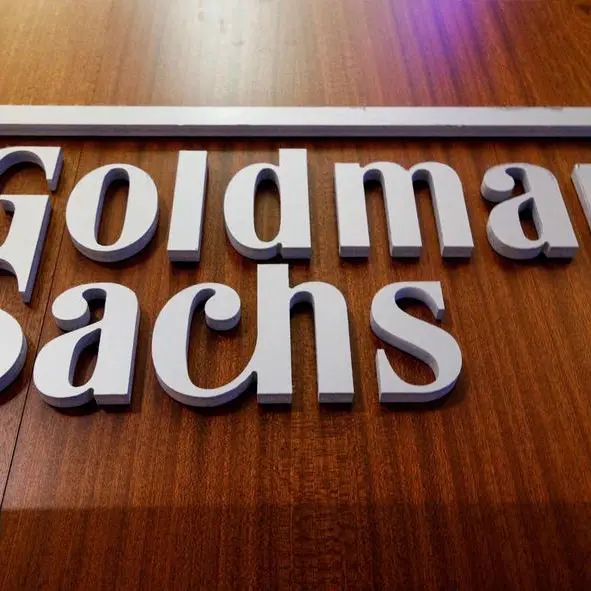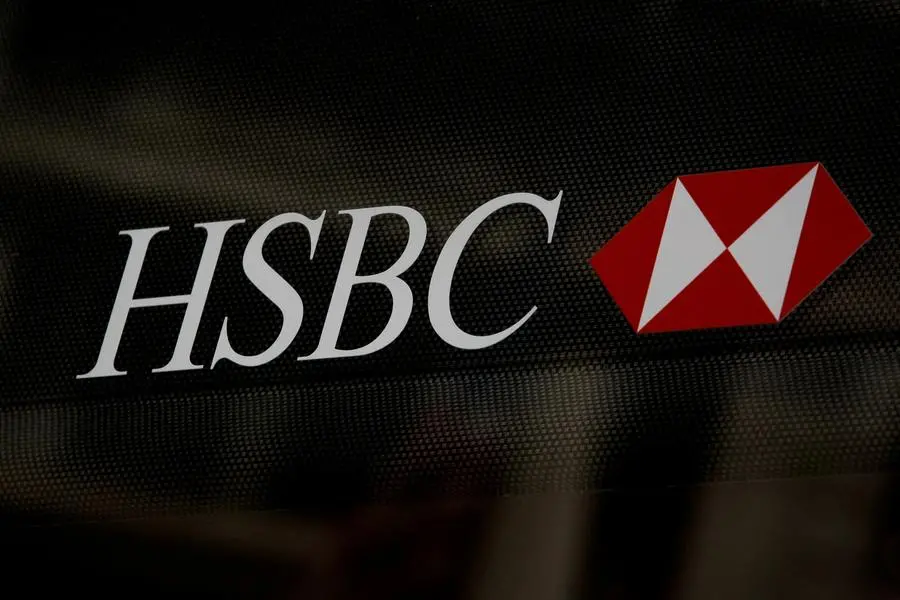PHOTO
NEW YORK CITY - FEBRUARY 15: People walk along 5th Avenue in Manhattan, one of the nation's premier shopping streets on February 15, 2023 in New York City. The Commerce Department reported Wednesday that retail sales, a barometer of how the economy is doing, rose 3% in January, beating the 1.9% Dow Jones estimate. Spencer Platt/Getty Images/AFP (Photo by SPENCER PLATT / GETTY IMAGES NORTH AMERICA / Getty Images via AFP)
US wholesale prices rose less than expected last month as services costs fell, according to government data published Tuesday.
The producer price index (PPI) rose by 0.1 percent in July, down slightly from a 0.2 rise in June, the Labor Department said in a statement.
This was slightly cooler than market expectations of a 0.2 percent rise, according to Briefing.com.
On an annual basis, PPI came in at 2.2 percent, down sharply from a revised 2.7 percent rise a month earlier.
The news will likely be well received by the Federal Reserve, which has held interest rates at a 23-year high for the past year as it looks to bring consumer inflation down to its long-term target of two percent.
After a series of promising data results in recent months, Fed Chair Jerome Powell suggested in late July that the US central bank could start cutting interest rates "as soon as" September, if data continue to come in as expected.
Despite the headline figure, there was a wrinkle in the more granular data, with the PPI measure stripping out food, energy, and trade accelerating last month.
This figure rose by 0.3 percent on a monthly basis, up from a 0.1 percent rise in June, and by 3.3 percent from a year ago -- up from 3.2 percent in June.
Traders' attention now turns to consumer inflation data published Wednesday, which will have a more significant effect on the Fed's thinking as it considers when to start cutting interest rates.





















